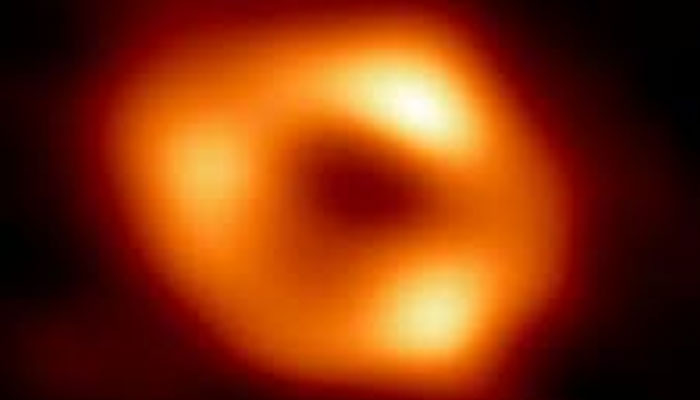2022 black hole picture might not be 'entirely accurate', research reveals
New research reveals ring-like appearance of Sgr A* could be more elongated than it turned out to be in 2022
October 30, 2024

The picture of the black hole at the heart of the milky way published in 2022 after years of intensive work by the Event Horizon Telescope (EHT) might not be "completely accurate", according to researchers at the National Astronomical Observatory of Japan (NAOJ).
The black hole named Sgr A* — short for Sagittarius A — is at a distance of 26,000 light years from Earth and proven to be a very difficult object to capture in an image due to the material whipping and flowing around it nearly at speed of light, according to Space.com.
But in 2022, the EHT project was successful and Sgr A* came out appearing like a doughnut but new research reveals that the ring-like appearance of the black hole could be more elongated than it turned out to be in the picture.
Its shape may be an artifact due to the way it was assembled, NAOJ argues.
Scientists at NAOJ applied analysis methods to the data taken by the EHT team.
The analysis done by the EHT group showed a bright ring-like structure with a black abyss in its centre.
“Our image is slightly elongated in the east-west direction, and the eastern half is brighter than the western half,” said Miyoshi Makoto, from the NAOJ about the re-analysis.
“We think this appearance means the accretion disk surrounding the black hole is rotating at about 60% of the speed of light,” the scientist added.
Miyoshi says there is no telescope that can capture an astronomical image with perfection.
"We hypothesise that the ring image resulted from errors during EHT's imaging analysis and that part of it was an artifact, rather than the actual astronomical structure,” Miyoshi added.
The EHT group has not yet commented on the new development regarding their renowned picture of Sgr A*.











